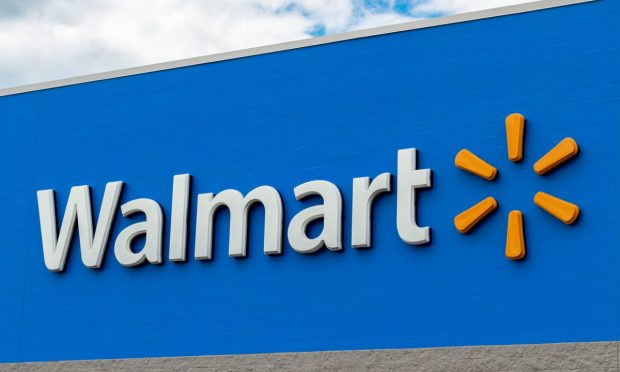Walmart Announces Robotic Transformation of Regional Distribution Centers

As grocers struggle both with rising food costs and a challenging labor market, many are seeking out solutions to enable greater efficiency at every step of the supply chain, aiming to lower both their own expenditures and the costs they pass on to consumers.
Multinational retailer Walmart, for its part, the world’s largest grocer, announced Monday (May 23) that it is extending its partnership with automation technology company Symbotic to bring the latter’s robotics and artificial intelligence (AI) software to all 42 of the retailer’s regional distribution centers. This transformation is expected to be completed in the next eight or more years.
“The need for accuracy and speed in the supply chain has never been more visible, and we’re confident that now is the time to move even faster by scaling Symbotic’s technology to our entire regional distribution center network,” David Guggina, senior vice president of innovation and automation at Walmart U.S., said in a statement, adding that “high-speed robotics and intelligent software to organize and optimize inventory” is “revolutionizing” the retailer’s distribution processes.
Walmart is not the only major grocer automating its U.S. warehouses. At the end of this year, the U.S. arm of Netherlands-based multinational grocery giant Ahold Delhaize will finish up a three-year effort to have 85% of its supply chain self-distributed. Most recently, the grocer’s family of U.S. supply chain companies announced earlier this month the conversion of an automation-filled distribution center in York, Pennsylvania, to its in-house network, the largest facility in the network to date.
Read more: Ahold Delhaize Takes Over US Supply Chain as Industry-Wide Sales Dip
Additionally, Ahold Delhaize and other grocers are leveraging micro-fulfillment centers (MFCs), mini warehouses meant to fulfill eCommerce orders typically powered by automated technologies.
“Micro-fulfillment is central to our expansion strategy and underscores our industry innovation,” Timothy Knoll, chief operating officer of Ahold Delhaize’s FreshDirect brand, told PYMNTS in an interview last year. “The technology allows us to turn our existing regional facilities into high-velocity automated distribution centers, speeding our expansion and growth into in our existing service footprint.”
See more: FreshDirect Looks to Micro-Fulfillment for Post-Pandemic Expansion
Leading grocers Kroger and Albertsons are doing the same. Kroger’s automated fulfillment centers for digital orders are being created in partnership with United Kingdom grocery technology company Ocado.
Read more: Kroger Leverages Automated Warehouses to Expand Its US Reach as Grocers Eye Robotic Distribution
Albertsons has been opening its own MFCs, although the company’s CEO Vivek Sankaran framed these efforts as a complement to physical stores rather than part of a lone-standing eGrocery business.
See more: Albertsons CEO Says Greatest eCommerce Asset Is the Physical Store
In addition to the labor savings, automating warehouse processes also enables grocers to build in more efficient product tracking, enabling better inventory management across all channels internally and greater transparency for consumers about product stock levels on eCommerce platforms.
“Taking the technology into automation systems gives you greater visibility over the stock, the control, you don’t have the external influences of customers coming in,” Kevin Price, senior consultant at multinational logistics automation company Swisslog, told PYMNTS in a Feburary interview. “So, you’re able to give your customers a lot more visibility and a lot more confidence about … product availability.”
Read more: Grocers Grapple With the Economics of Smaller, More Frequent Digital Orders
